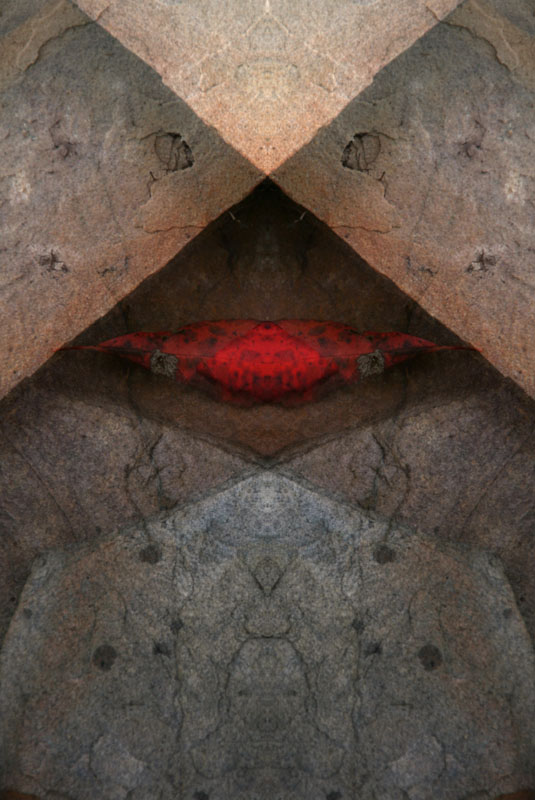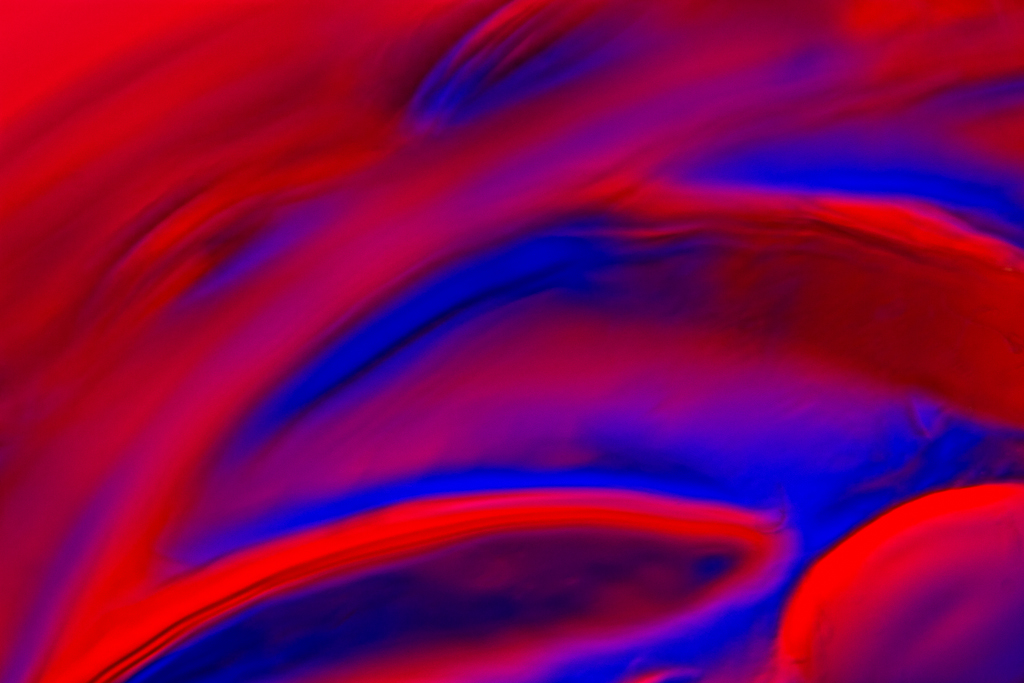I presented a brief version of an earlier presentation titled Everyday Abstracts at the National Institute of Health Camera Club this week. I had the opportunity to judge their Abstract themed competition on the same night and I was very impressed by both the quality and breadth of their work. I was also pleased with their patience, as my early comments were so long that I made it a VERY late night for everyone.
Photoshop Actions
 After the presentation portion of evening, several people had requested a copy of the presentation, which I promised to post here on my website so that people could easily access the presentation and the references to the Photoshop Actions that I mentioned during the presentation. These actions are free to use and greatly simplify the repetitive tasks of creating montages from digital images.
After the presentation portion of evening, several people had requested a copy of the presentation, which I promised to post here on my website so that people could easily access the presentation and the references to the Photoshop Actions that I mentioned during the presentation. These actions are free to use and greatly simplify the repetitive tasks of creating montages from digital images.
The image at the right was the starting point and by applying a Reverse Montage effect, which was based on a technique that I was taught for slide film produced the featured image. Taking 2 copies of the same image, both overexposed about 1 stop and putting them in the same slide mount, with one of them flipped over.
The affect of this treatment is highly saturated colors on a perfectly symmetrical composition. As a by product, almost any image becomes an abstract. This is one of my favorite techniques, and I will take many images of areas with strong graphic lines to produce an image based on line, shape and color.
Creating abstract photographs is something that I do routinely because it allows me to express some creativity and create something that comes completely from my mind. Even with a “found abstract,” the way that the image is cropped, exposed and the depth of field all play an important and expressive role.



You must be logged in to post a comment.